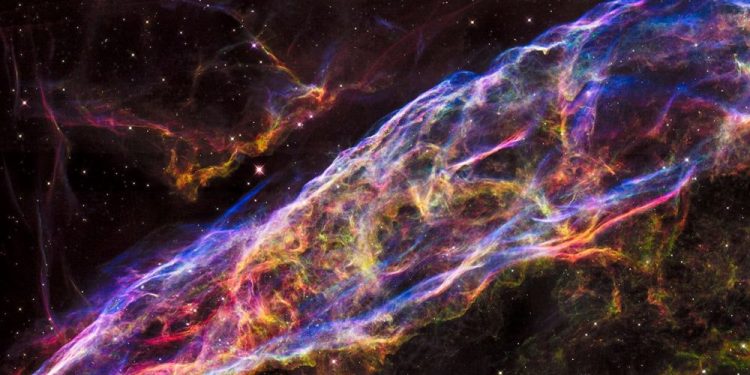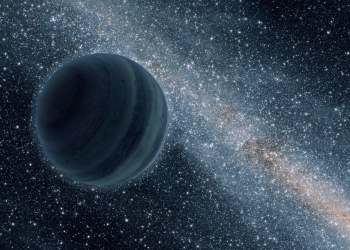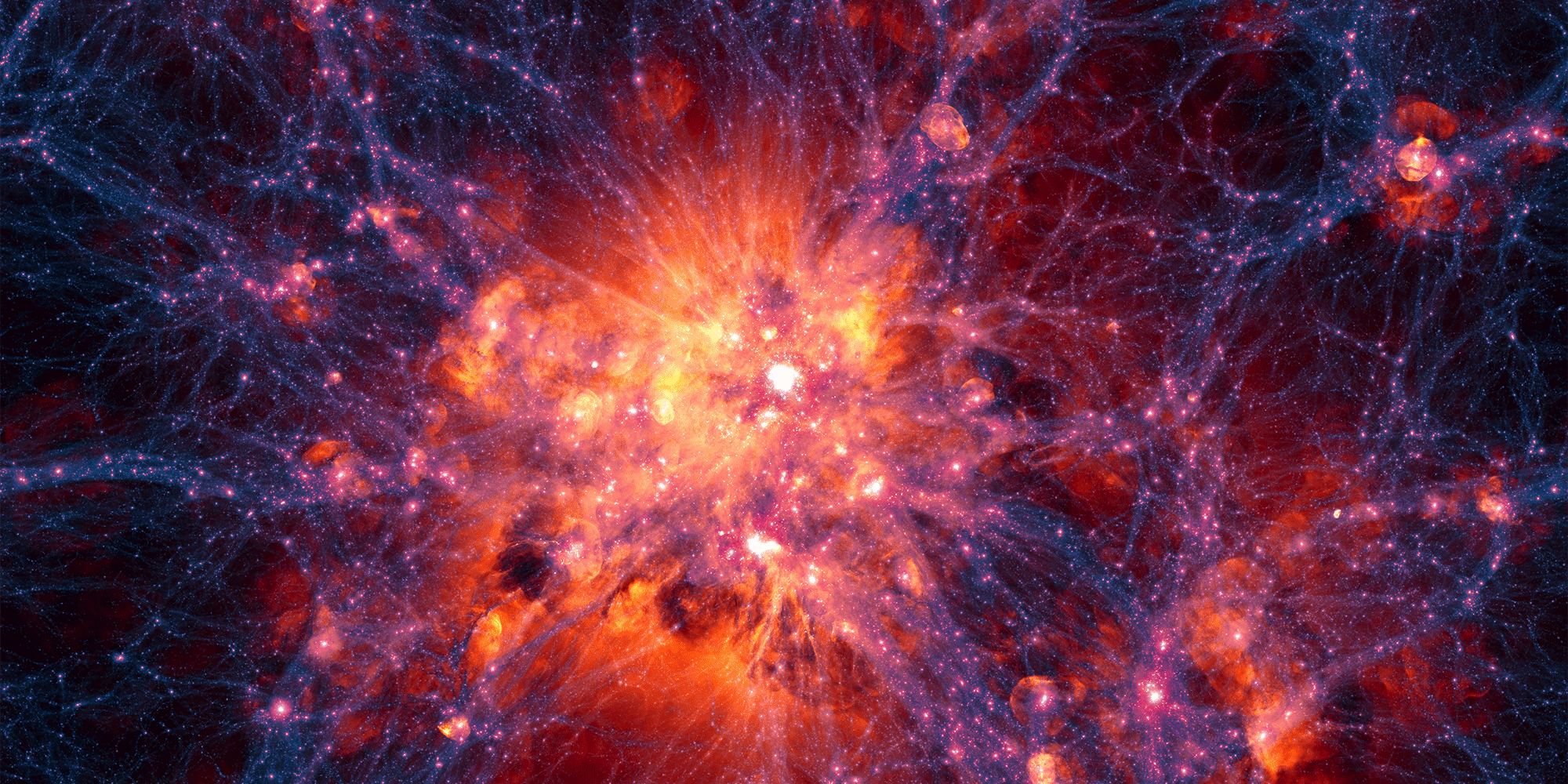The X-Ray Imaging and Spectroscopy Mission (XRISM), launched last year, has already produced remarkable scientific results that could reshape our understanding of the high-energy Universe. Spearheaded by the Japan Aerospace Exploration Agency (JAXA), with contributions from NASA and the European Space Agency (ESA), XRISM is exceeding expectations. Originally conceived as a stopgap mission, it was intended to fill the void left by aging X-ray observatories like NASA’s Chandra and ESA’s XMM-Newton. However, the newly published findings show that XRISM is far more than a temporary fix—it is a groundbreaking mission in its own right.
As part of its early observations, XRISM turned its gaze toward N132D, a supernova remnant in the Large Magellanic Cloud, a satellite galaxy 160,000 light-years from Earth. While this star’s explosion occurred roughly 3,000 years ago from our vantage point, XRISM is delivering unprecedented insights into the remnants it left behind.
Unveiling the True Shape of a Supernova Remnant
The supernova did not result in a uniform, spherical shell of debris as previously expected. Instead, XRISM’s observations revealed a complex structure resembling a cosmic donut. What’s more, XRISM measured the plasma from this explosion expanding at an astounding 1,200 kilometers per second (750 miles per second).
One of the most extraordinary revelations from the telescope’s data was the plasma’s temperature, which was detected in the millions of degrees. Even more incredible was the presence of iron atoms heated to a mind-boggling 10 billion degrees Kelvin—a phenomenon previously predicted by astrophysicists but never directly observed. This insight, made possible by XRISM’s extraordinary resolution, represents a significant leap in our understanding of how supernova shockwaves propagate and interact with the surrounding material.
Probing the Secrets of Supermassive Black Holes
While the telescope’s supernova findings are impressive, XRISM’s capabilities extend much further. It also trained its powerful sensors on NGC 4151, a galaxy located 62 million light-years away, which harbors a supermassive black hole weighing 30 million times the mass of the Sun. XRISM has provided a detailed view of the matter swirling around this black hole, mapping the region from a distance of 0.001 to 0.1 light-years—equivalent to the span between the Sun and Uranus, and then 100 times that distance.
By analyzing this gas, scientists hope to uncover how supermassive black holes feed, grow, and influence their host galaxies. This data offers unprecedented clarity into the processes that govern the life cycles of these cosmic giants and may provide clues about the evolution of galaxies across the Universe.
The Future of X-ray Astronomy
Matteo Guainazzi, ESA’s XRISM Project Scientist, emphasized the mission’s significance: “These observations are a critical step in understanding how black holes grow by consuming surrounding material, and they offer new insights into the explosive deaths of massive stars.”
XRISM’s early results highlight the mission’s potential to transform the field of X-ray astronomy, addressing key questions that have long puzzled astronomers. As the mission progresses, it is poised to reveal even more about the high-energy Universe, from the life cycles of stars to the growth of galaxies.











